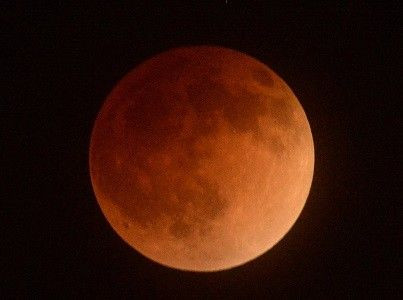Faster Downloads on the Moon Looms; NASA, MIT Set Wifi on Moon
NASA and MIT demonstrate how they were able to establish a working wireless broadband connection in space.

WiFi is no longer soley available on Earth. Scientists from NASA along with MIT researchers have been working on establishing a WiFi connection on the Moon.
The Optical Society (OSA) reports that the team of experts have been able to successfully transmit data through lasers. It writes: "for the first time that a data communication technology exists that can provide space dwellers with the connectivity we all enjoy here on Earth, enabling large data transfers and even high-definition video streaming."
"Communicating at high data rates from Earth to the moon with laser beams is challenging because of the 400,000-kilometre distance spreading out the light beam," said Mark Stevens of MIT Lincoln Laboratory in the press release.
Additionally, while distance remains their biggest obstacle, the atmosphere's turbulence also raises issues with the bending of light, causing signal difficulties.
The speed in which data was transmitted clocked in uploads from the Moon to the Earth at a solid 622 Mbps while download speeds from the Earth to the Moon was quite slower only at 19.44 Mbps.
The data is transmitted through "four separate telescopes based in New Mexico to send an uplink signal to a receiver mounted on a satellite orbiting the moon. Each telescope is about 6 inches in diameter and is fed by a laser transmitter that beams information in coded pulses of infrared light," reported Discover Magazine.
This strategy was utilised considering the turbulence in the air. Each telescope sends signals using different paths, meaning they'll experience different bending effects from the atmosphere. This method increases the changes that at least one of the signals with connect with the receiver that's connected to a satellite orbiting the moon.
The work of the team will be presented at the Conference on Lasers and Electro-Optics (CLEO) in July.





















